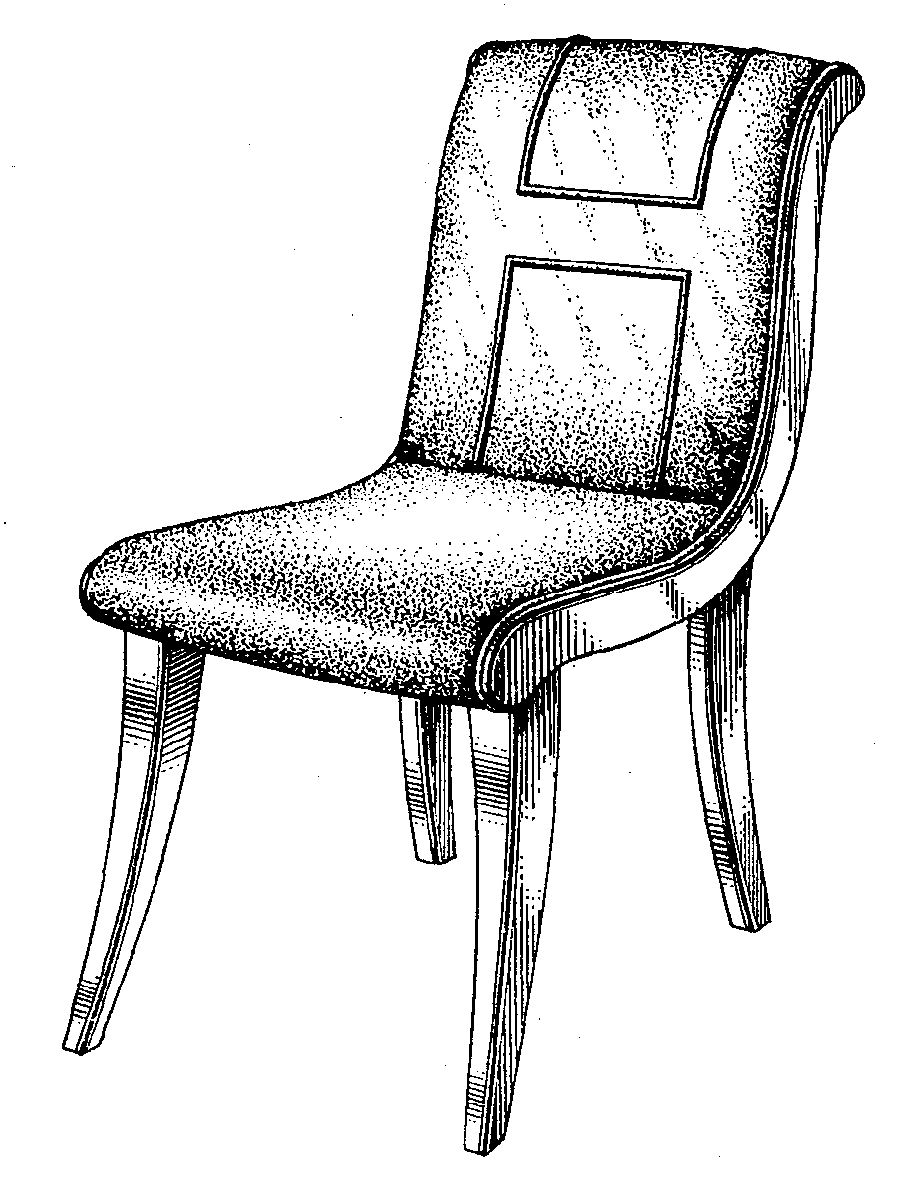What are common design patent failures?
Filing a design patent application doesn’t seem very complicated. Thankfully, there are no lengthy pages of descriptions and no claims that read like a foreign language. A design filing seems so simple. So what can go wrong? Let’s explore some common design patent failures.
Failure to submit all required views
Since drawings are at the heart of a design patent application, this is where mistakes are more likely to be made. Failure to submit proper design patent drawings that comply with the strict USPTO rules will lead to objections. And correcting improper design drawings can lead to delay and additional costs.
Unlike utility patent drawings, design patent drawings must contain certain mandatory views: front, rear, top, bottom, left and right. If a certain view is identical to or a mirror image of a prior figure, that view may be omitted if the specification contains an appropriate statement explaining as much.
Perspective views are optional, so it’s technically not a mistake to omit them. As a practical matter, I generally prefer to include at least one perspective view in most cases because the isometric, angular view really helps to illustrate the design. This is particularly true when the design involves three-dimensional shapes that are not as apparent in plan and elevation views.
Failure to use surface shading and/or stippling
For many design applications that originate from and claim priority to a foreign application, it’s common to reuse the drawings from the foreign application. This can cause problems, but not for the reasons you might think. The quality of foreign drawings is not necessarily the issue. Instead, the problem lies in the lack of surface shading and stippling required by the USPTO.
US design patent illustrations must be drawn in a certain way to indicate the contour of the surface – whether flat or curved. Lines indicate a flat surface. Stippling show a curved or non-planar surface. Below is an example of a design patent drawing that contains both. Notice the surface shading on the legs and the stippling on the seat and backrest:

Failure to use magic (broken lines)
A special flexibility that enables you to be a magician in patenting your design. You get to carve out portions of your product that are less important so that your patent will cover what is more important. How? Through use of broken lines.
This magical
Failure to show an article of manufacture
Showing only a 2-dimensional artwork without reference to an article of manufacture will lead to a rejection. This does not mean that you can’t protect a 2-dimensional image such as a GUI. Such protection is possible, but the title and drawings must be skillfully crafted to mention the article of manufacture without claiming the product itself.
Different versions in a single application
It is possible to include multiple versions, or embodiments, in a single design application if they share a single inventive concept. What does that mean? Practically speaking, it means that multiple embodiments included in a single application must all share a similarity in appearance. If multiple versions in a single design patent application show distinct differences, the examiner will issue an objection called a Restriction Requirement compelling you to pick one.
If and when a restriction occurs, you now have an obligation to file divisional applications to pursue the non-elected embodiments because failure to do so will result in abandonment of those unselected versions to the public domain.
Want to avoid design patent failures?
Reach out to US patent attorney Vic Lin by email at vlin@icaplaw.com or call (949) 223-9623 to see how we can help you file a proper design patent application.


